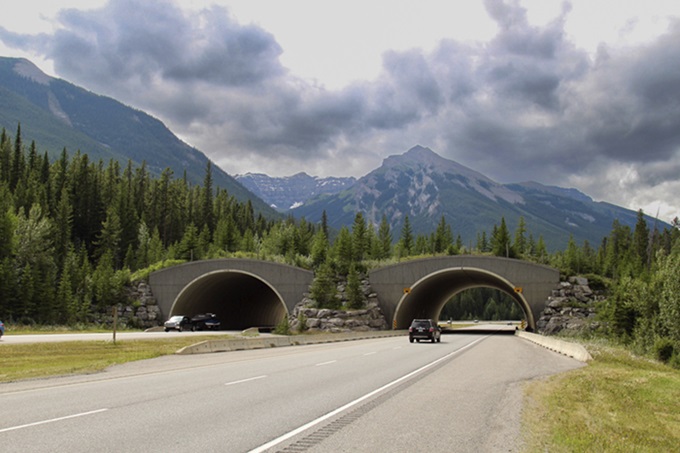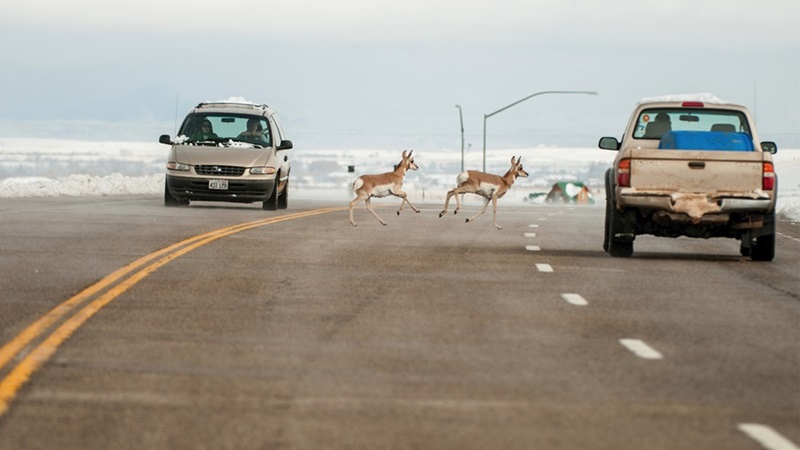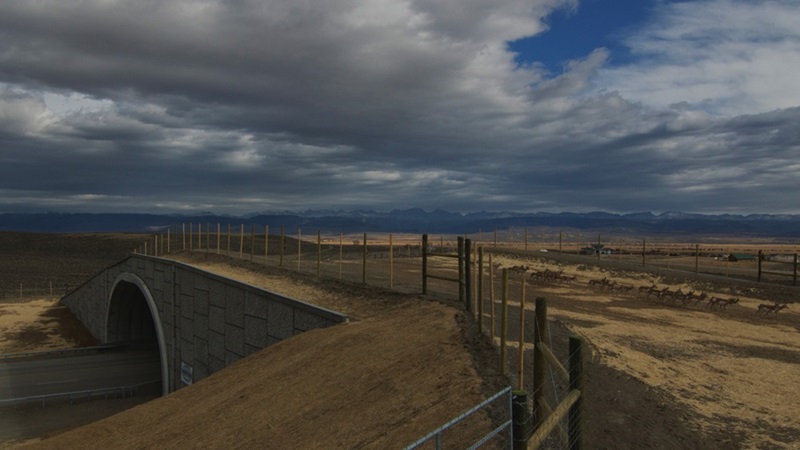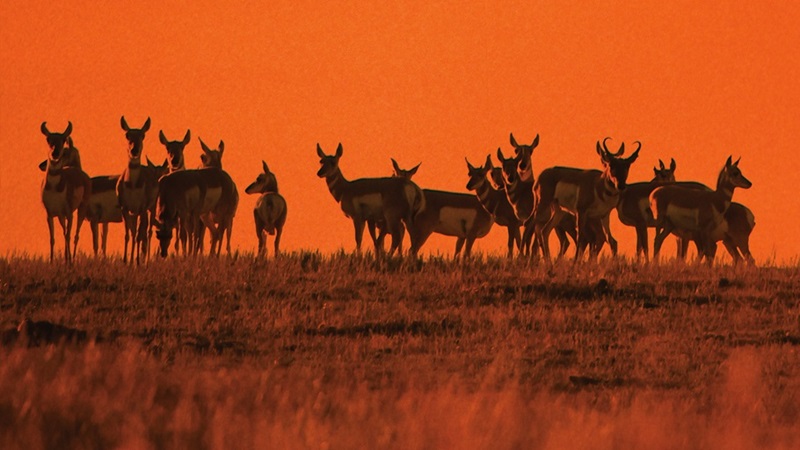EARTHTALK Q&A
Wildlife Crossings To The Rescue
Pravit Kochar
May 9, 2024

Wildlife crossings across roads in Banff National Park have saved untold numbers of elk, bears, coyotes and other wildlife from death by automobile. Credit: Dawn Danby, FlickrCC.
Dear EarthTalk: Have wildlife crossings become more common in North America, and are they effective at reducing wildlife kills and improving conservation efforts overall? – T.R., Detroit, MI
In recent years, North America has seen a notable increase in the implementation of wildlife crossings, reflecting a growing recognition of their importance in reducing wildlife fatalities from vehicle collisions and enhancing conservation efforts. These structures, ranging from underpasses to overbridges, are becoming more prevalent as part of a concerted effort to address the environmental impacts of roads.

The significance of these crossings is underscored by projects like one in Southern California designed largely to protect mountain lions. This project, among others, demonstrates a shift towards integrating wildlife conservation into public infrastructure planning. Similarly, the Federal Highway Administration has incorporated wildlife crossings into its programs, emphasizing safety for both animals and motorists.
Research consistently shows the effectiveness of these structures. Jennifer S. Holland of the Pew Trusts highlights the sheer number of reports of roadkill incidents, with “drivers hit[ting] 1 to 2 million animals each year,” and reports of significant decreases in road kills in areas with wildlife crossings, which also support animal migration patterns. The economic rationale is also strong: In regions like Banff, Alberta, the initial costs of wildlife crossings are often offset lowered expenses related to wildlife collisions.

Beyond the immediate benefits of reducing kills, wildlife crossings play a key role in maintaining ecological connectivity, essential for the survival and health of many species. In Banff National Park, a series of crossings allows wildlife such as grizzly bears and elk to safely navigate across busy highways.
Community engagement and educational programs have helped raise awareness about the benefits of wildlife crossings, promoting broader public support and involvement, vital for securing funding and political support for new projects. Moreover, international examples of successful wildlife crossings provide valuable lessons and inspiration. In Costa Rica, crossing designs that cater specifically to the needs of jaguars demonstrate the global applicability and adaptability of crossing technologies.
The U.S. has recognized the importance of these initiatives and is supporting them through federal funding programs, with Lauren Sforza of The Hill writing, “$110 million in grants will be awarded to 19 wildlife crossing projects across 17 states”. This national support is instrumental in expanding wildlife crossings across the country, highlighting a commitment to biodiversity and road safety.
The proliferation of wildlife crossings in North America is a positive development that not only mitigates wildlife-vehicle collisions but also significantly contributes to biodiversity conservation. The continued expansion and improvement of these crossings are vital. As such, these structures represent a critical intersection of road safety, animal welfare and environmental stewardship.

CONTACTS
Wildlife Crossings Can Protect Migrating Animals
EarthTalk® is produced by Roddy Scheer & Doug Moss for the 501(c)3 nonprofit EarthTalk. See more at https://emagazine.com. To donate, visit https://earthtalk.org. Send questions to: question@earthtalk.org.
